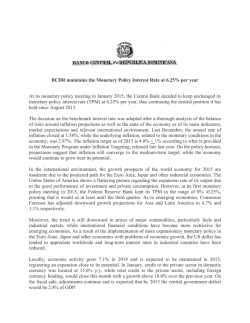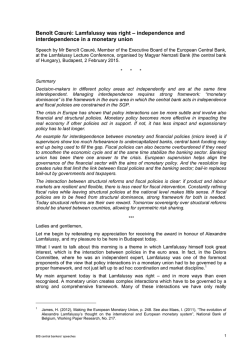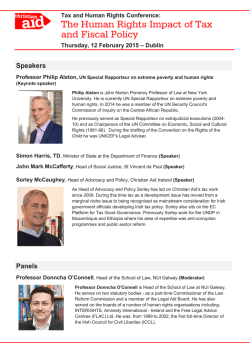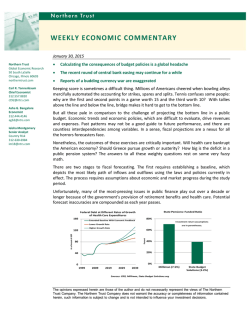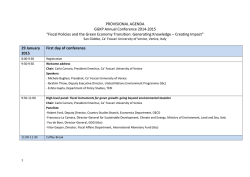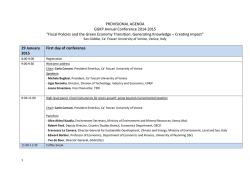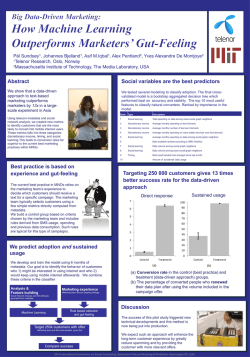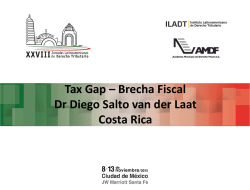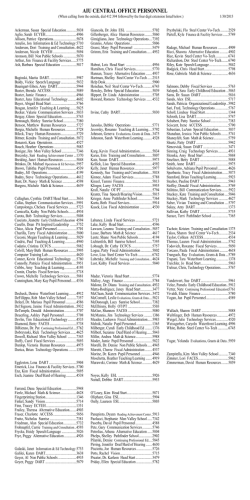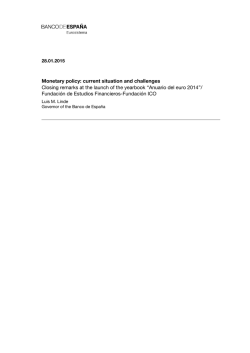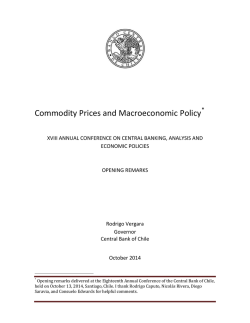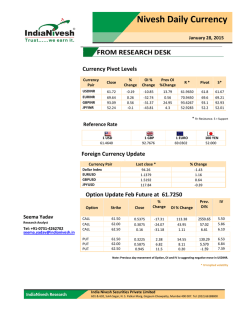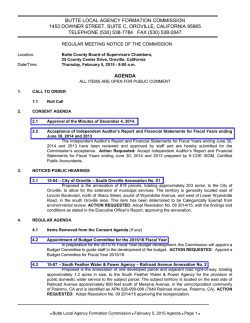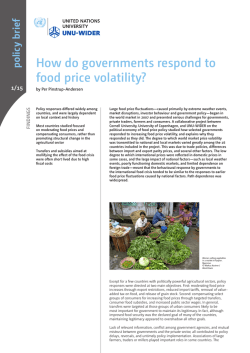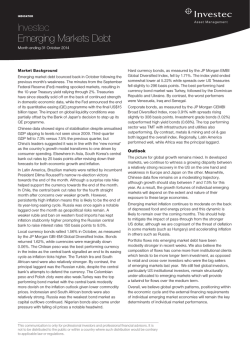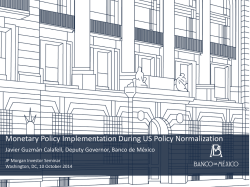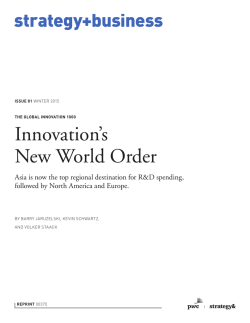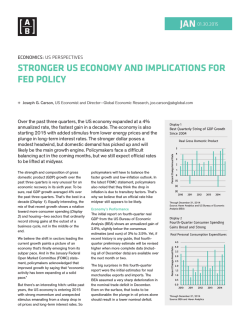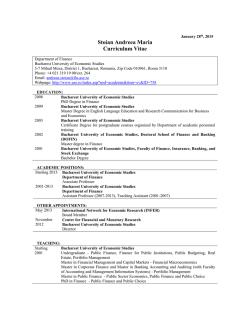
1. One argument in favor of tax cuts over spending
1. One argument in favor of tax cuts over spending-based fiscal stimulus is that: A) tax cuts increase the MPC by a larger amount than government spending. B) tax cuts temporarily increase planned spending, but government spending permanently increases private spending. C) in theory the tax multiplier is larger than the government spending multiplier. D) historically tax cuts have been more successful than spending-based fiscal stimulus. 2. A decrease in the real money supply, other things being equal, will shift the LM curve: A) downward and to the left. B) upward and to the left. C) downward and to the right. D) upward and to the right. 3. The IS–LM model takes ______ as exogenous. A) the price level and national income B) the price level C) national income D) the interest rate 4. Along an IS curve all of the following are always true except: A) planned expenditures equal actual expenditures. B) planned expenditures equal income. C) the demand for real balances equals the supply of real balances. D) there are no unplanned changes in inventories. 5. With the real money supply held constant, the theory of liquidity preference implies that a higher income level will be consistent with: A) no change in the interest rate. B) a lower interest rate. C) a higher interest rate. D) first a lower and then a higher interest rate. 6. Along any given IS curve: A) tax rates are fixed, but government spending varies. B) government spending is fixed, but tax rates vary. C) both government spending and tax rates vary. D) both government spending and tax rates are fixed. Page 1 7. If money demand does not depend on the interest rate, then the LM curve is ______ and ______ policy has no effect on output. A) horizontal; fiscal B) vertical; fiscal C) horizontal; monetary D) vertical; monetary 8. Those economists who believe that monetary policy is more potent than fiscal policy argue that the: A) responsiveness of money demand to the interest rate is large. B) responsiveness of money demand to the interest rate is small. C) IS curve is nearly vertical. D) LM curve is nearly horizontal. 9. In the IS–LM model under the usual conditions in a closed economy, an increase in government spending increases the interest rate and crowds out: A) prices. B) investment. C) the money supply. D) taxes. 10. If the government wants to raise investment but keep output constant, it should: A) adopt a loose monetary policy but keep fiscal policy unchanged. B) adopt a loose monetary policy and a loose fiscal policy. C) adopt a loose monetary policy and a tight fiscal policy. D) keep monetary policy unchanged but adopt a tight fiscal policy. 11. If the investment demand function is I = c – dr and the quantity of real money demanded is eY – fr, then fiscal policy is relatively potent in influencing aggregate demand when d is ______ and f is ______. A) large; small B) small; small C) small; large D) large; large Page 2 12. In the IS–LM model when M/P rises, in short-run equilibrium, in the usual case the interest rate ______ and output ______. A) rises; falls B) rises; rises C) falls; rises D) falls; falls 13. According to the Mundell–Fleming model, under: A) floating exchange rates, a monetary expansion raises income whereas a fiscal expansion does not, but under fixed exchange rates, a fiscal expansion raises income whereas a monetary expansion does not. B) both floating and fixed exchange rates, a monetary expansion raises income, but a fiscal expansion does not. C) both floating and fixed exchange rates, a fiscal expansion raises income, but a monetary expansion does not. D) floating exchange rates, a fiscal expansion raises income whereas a monetary expansion does not; but under a fixed exchange rate, a monetary expansion raises income whereas a fiscal expansion does not. 14. Under a fixed-exchange-rate system, the central bank of a small open economy must: A) have a reserve of its own currency, which it must have accumulated in past transactions. B) have a reserve of foreign currency, which it can print. C) allow the money supply to adjust to whatever level will ensure that the equilibrium exchange rate equals the announced exchange rate. D) follow a rule specifying a constant growth rate for the money supply. 15. Compared to a closed economy, an open economy is one that: A) allows the exchange rate to float. B) fixes the exchange rate. C) trades with other countries. D) does not trade with other countries. 16. In a small open economy with perfect capital mobility, if the domestic interest rate were to rise above the world interest rate, then ______ would drive the domestic interest rate back to the level of the world interest rate. A) capital inflow B) capital outflow C) the central bank D) a decline in domestic saving Page 3 17. In a small open economy with a floating exchange rate, the supply of real money balances is fixed and a rise in government spending: A) raises the interest rate, so that income must rise to maintain equilibrium in the money market. B) raises the interest rate so that net exports must fall to maintain equilibrium in the goods market. C) cannot change the interest rate so that net exports must fall to maintain equilibrium in the goods market. D) cannot change the interest rate so income must rise to maintain equilibrium in the money market. 18. According to the Mundell–Fleming model for a small open economy with flexible exchange rates, if the Federal Reserve cannot alter domestic interest rates, changes in the money supply could still influence aggregate income through changes in the: A) exchange rate. B) price level. C) level of government spending. D) tax rates. 19. If the exchange rate of currency A is fixed to a unit of currency B, then a potential problem for the central bank in charge of currency A is: A) running out of currency A. B) running out of currency B. C) generating excessive revenue from seigniorage. D) ineffective fiscal policy. 20. In a small open economy with a floating exchange rate, an effective policy to increase equilibrium output is to: A) increase government spending. B) increase taxes. C) increase the money supply. D) decrease the money supply. Page 4 Answer Key 1. 2. 3. 4. 5. 6. 7. 8. 9. 10. 11. 12. 13. 14. 15. 16. 17. 18. 19. 20. D B B C C D B B B C C C A C C A C A B C Page 5
© Copyright 2026

